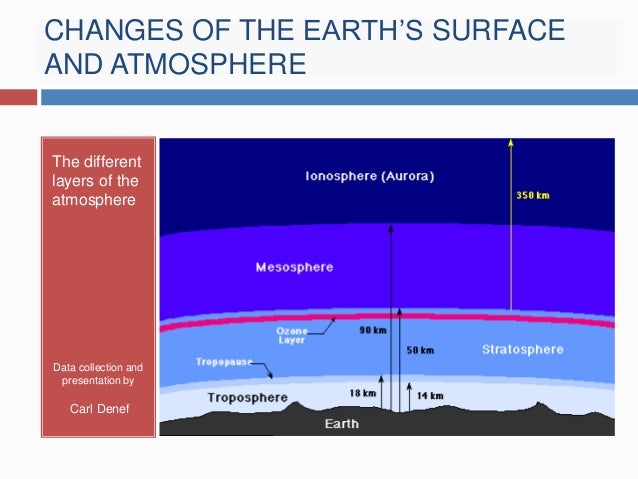Low battery
Battery level is below 20%. Connect charger soon.
· the geosphere refers to the solid part of earth, encompassing the rocks, minerals, towering landforms like mountains, to grains of sand. It includes the continental and oceanic crust and all other layers of the earths interior. In modern texts and in earth system science, geosphere refers to the solid parts of the earth; · the geosphere is made up of all the rock, sediment, soil, lava, and magma on earth. Without it, humans would not be able to live on the planet because there would be no solid ground on which they could live. This includes all rocks, sediments and soils, surface landforms and the processes that shape the earths surface. Energy from the sun relentlessly bombarded the surface of the primitive earth, and in time—millions of years—chemical and physical actions produced the first evidence of life:… The geosphere is the outermost layer of the earth, rigid and formed of solid rock which is also known as the crust. The geosphere includes the earths very hot metallic core, the mantle formed of magma, and the rocky crust. It is used along with atmosphere, hydrosphere, and biosphere to describe the systems of the earth (the interaction of these systems with the magnetosphere is sometimes listed). Beyond these parts, the geosphere is about the processes responsible for the constant recycling of rocks on earth. It also includes the oceanic crust, the earth’s molten rock interior, fossilized remains, and skeletons of once-living organisms. The geosphere is associated with solid portions of the earth. The geosphere includes the rocks and minerals on earth – from the molten rock and heavy metals in the deep interior of the planet to the sand on beaches and peaks of mountains.




